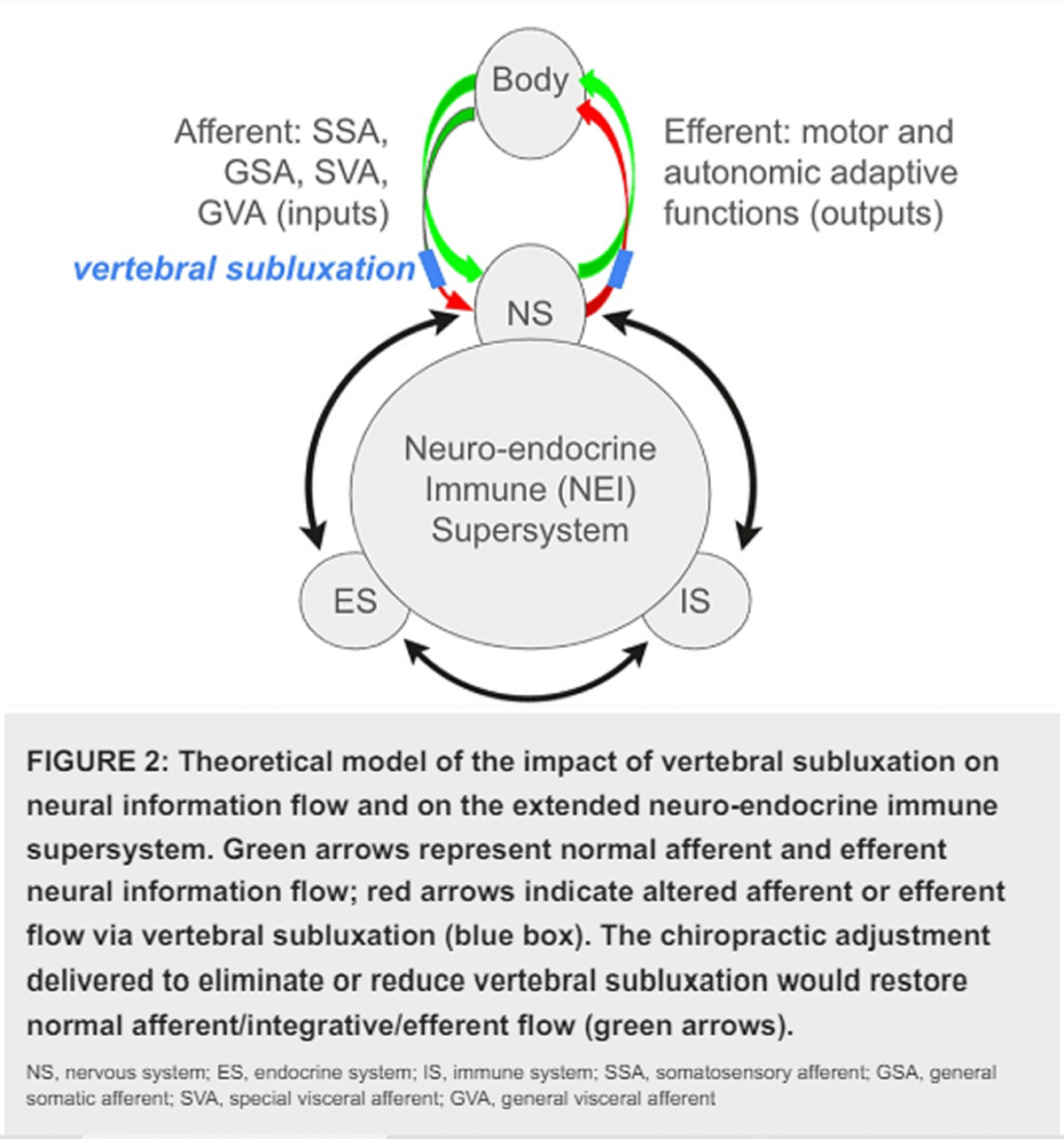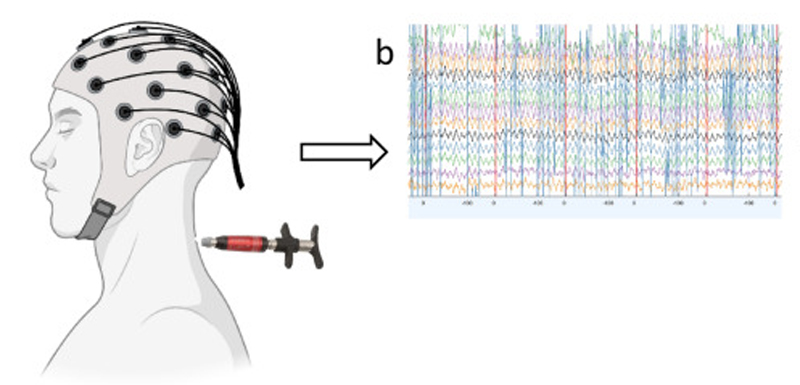Posttraumatic Subluxation-Fixation Implications:
Etiology, Effects, and Common Coincidental Factors
Clinical Monograph 5
By R. C. Schafer, DC, PhD, FICC
INTRODUCTION
The kinetic aspects of spinal biomechanics are an important consideration in traumatology since the totality of function is essentially the sum of its individual components. However, although reminders are frequently given, the multitude of causes and effects of an articular subluxation complex (spinal or extraspinal) will not be detailed here that is primarily directed to chiropractic clinicians and advanced students who are well acquainted with standard hypotheses. For a detailed description, the reader is referred to:
Basic Principles of Chiropractic:
The Neuroscience Foundation of Clinical Practice
Arlington, Virginia, American Chiropractic Association, 1990.
Basic Implications
The biomechanical efficiency of any one of the 25 vertebral motor units, from atlas to sacrum, can be described as that condition (individually and collectively) in which each gravitationally dependent segment above is free to seek its normal resting position in relation to its supporting structure below, is free to move efficiently through its normal ranges of motion, and is free to return to its normal resting position after movement. The degree of fixed derangement (subluxation-fixation) of a bony segment within its articular bed and normal range of motion may be an effect in the range of microtrauma to macroscopic damage. Regardless, it is always attended by some degree of mobility dysfunction; neurologic insult; and overstress of the muscles, tendons, and ligaments involved and their respective mechanoreceptors.
You may also enjoy our page on:
Once produced, the lesion becomes a focus of sustained pathologic irritation in which a barrage of impulses streams into the spinal cord where internuncial neurons receive and relay them to motor pathways. The contraction that provoked the subluxation initially is thereby reinforced, thus perpetuating both the subluxation and the pathologic process engendered. Sensory reflex phenomena can also be involved, and they frequently are. The nerve impulse creates a multitude of cellular reactions and responses besides those of even the most intricate, subtle, and variable sensations and motor activities. Once this is appreciated, we must add the complexities of trophic effects, neuroendocrine interrelations, biochemical affinities, proprioceptive buildup, summation increments, facilitation patterns, the input of the ascending and descending reticular activating mechanisms, genetic neurologic diatheses, synaptic overlaps, demoralization and disintegration of synaptic thresholds, the neurologic spread and buildup, reflex instability, predisposition to sensorial aberrations, undue cerebrovisceral or viscerocerebral interactions, psychosomatic overtones, and those many phenomena that science is only beginning to understand or are beyond our present understanding. This underscores that the quality and sometimes quantity of nerve function relates directly or indirectly to practically every bodily function and contributes significantly to the beginning of physiologic dysfunction and the development of pathologic processes.
Structural Imbalance
Inequality in muscle balance leading to a subluxation complex may be initiated by trauma, postural distortion phenomena, biochemical reactions, psychomotor responses, paralytic effects, somatic and visceral reflexes.
Trauma. Frank trauma may cause inflammation, degeneration, etc, and particularly the muscular splinting reaction that muscles make when their surrounding tissues are injured or overstressed. This alters the position and motion of the structural tissues involved. Sustained microtrauma, though of a less acute nature, may produce a slow continual irritation and eventually create degenerative pathologic changes that similarly alter muscular reaction. The obvious trauma of a fall or blow that surprises a joint with the intrinsic muscles unprepared will cause a sprain with all its normal effects. A sudden slip during a lift is equally damaging to an unprepared or weak joint.
Indirect Stress. Depending on the degree of stress produced, any internal or external overstress factor involves the nervous system directly or indirectly, resulting in decreased mobility of the vertebra of the involved neuromere. This decreased mobility may be the result of
- muscle splinting, especially on the side of greatest stimulation according to Fluger’s Law or
- from abnormal weight distribution to the superior facets and other structures of the vertebrae involved.
Read the rest of this Full Text article now!
Enjoy the rest of Dr. Schafer’s Monographs at:





Leave A Comment